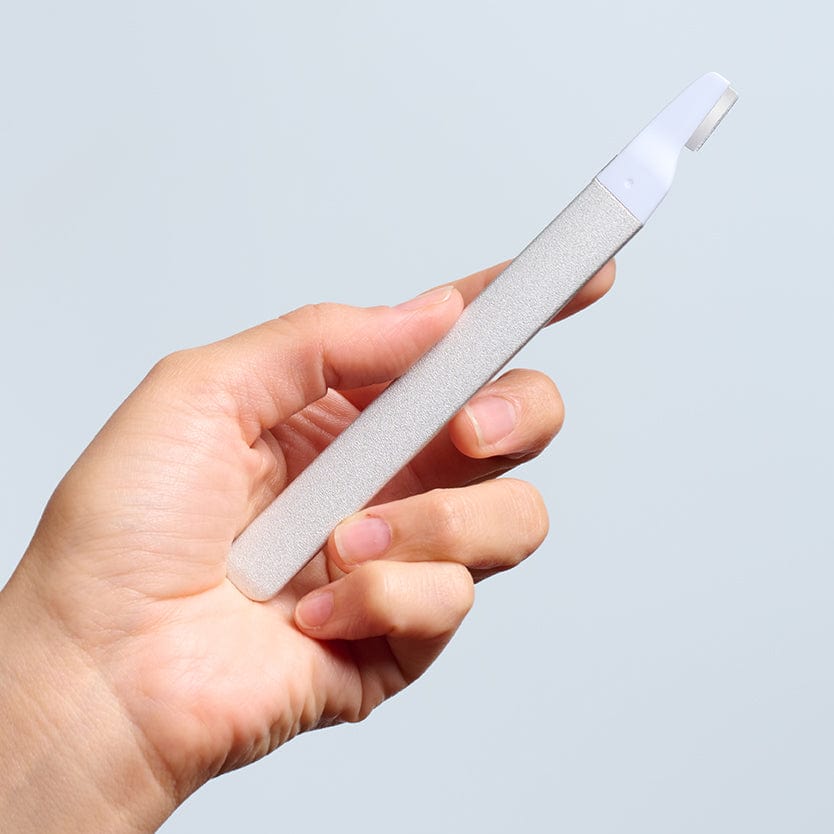How Skin Really Works
Written by Kerry Benjamin

Skin is not only the body’s largest organ (and it packages us up nicely!), but it is also responsible for a number of important functions that are crucial for our bodily health. We’re breaking down what you need to know about how skin really works.
- Protection
Skin provides an overlaying protective barrier from the environment and pathogens, while contributing to the adaptive immune system. Langerhans cells (antigen-presenting immune cells) in the skin also aid in protection.
- Sensation
Skin provides us with the essential human experience of touch. Nerve endings in your skin send signals to the brain to communicate the sensations you're feeling: heat, cold, pain, pressure, texture, vibration, and tissue injury.
- Heat Regulation
The skin’s huge blood supply helps regulate the temperature of the body. Dilated blood vessels allow for heat loss, while constricted vessels retain heat.
- Control of Evaporation
The skin provides a relatively dry and semi-impermeable barrier to fluid loss. This is the reason burn victims experience fluid loss immediately after the burn occurs. Heat damage increases the permeability of the capillaries, which means that plasma is able to leak of of the blood circulation.
- Aesthetics and Communication
You can tell a lot about a person by their skin. When others see our skin, they’re able to assess our mood, physical state and attractiveness.
- Storage and Synthesis
Skin acts as a storage center for lipids and water. It also aids in the synthesis of vitamin D obtained from exposure to the sun’s UV radiation
- Excretion
The skin contains sweat glands that excrete perspiration through skin pores. Perspiration is made up of nitrogenous wastes (urea), salts, and water. However, sweat’s concentration is 1/130th that of urine, hence excretion by sweating is at most a secondary function to temperature regulation.
- Absorption
Skin absorption is a route by which substances can enter the body through the skin. Medicine can be administered through the skin by ointments or by an adhesive patch, such as the nicotine patch or iontophoresis. Absorption of substances through the skin depends on a number of factors, the most important of which are concentration, duration of contact, solubility of medication, and physical condition of the skin and part of the body exposed.
- Water Resistance
The outer layer of skin contains a tough, water resistant protein called keratin, which helps the skin act as a barrier so essential nutrients aren't washed out of the body.
About the Author

Kerry Benjamin, a licensed aesthetician, has over 12 years of experience. Kerry is the driving force behind StackedSkincare. As the company's CEO, Kerry has dedicated her career to revolutionizing skincare. Her innovative approach combines peels, serums, and specialized tools toeffectively address a wide range of skin concerns. CA LE license number Z98459.

